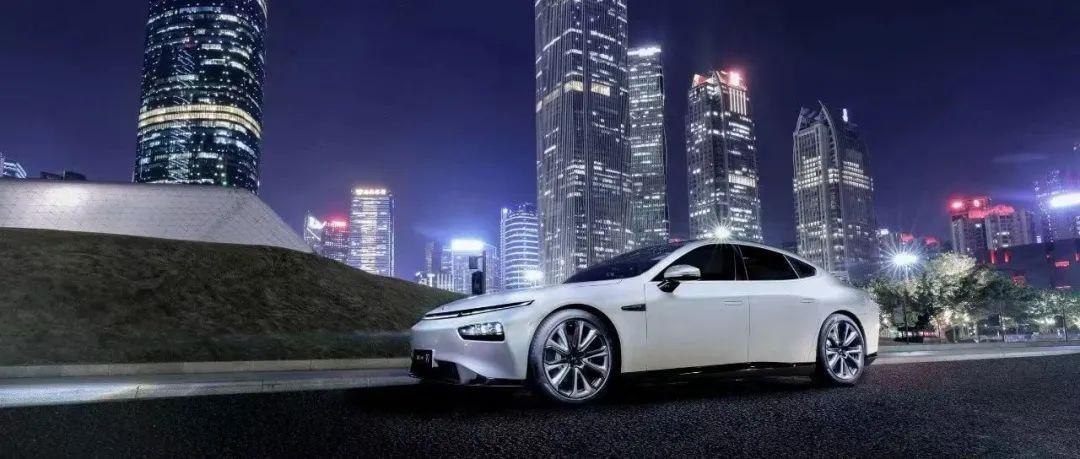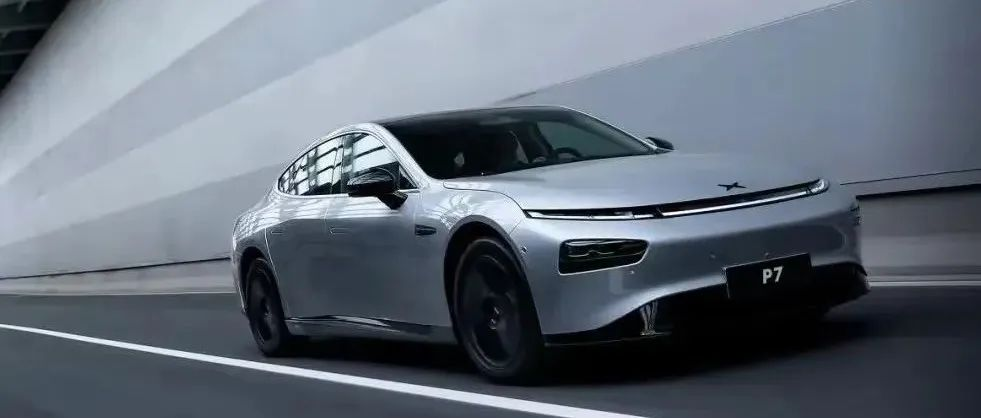Writing | Zhou Mianwu
Editing | Leng Zelin
Recently, the mid-term facelift version of the Xpeng P7, the classic model, has been further revealed. The laser radar will choose the M1 laser radar from Sudiarun Juchuang, which is the same as that of the G9, adopting the MEMS solution, with a field of view angle of 120°×25°, and a detection distance up to 150m.
By using a tri-screen, the trend of the future development of automotive industry will increasingly take into account the demand for the co-pilot. Many potential buyers of new energy vehicles have expressed to Kleeberg travel that if there is no co-pilot display screen, it will be a clear deduction factor.
The expected chip will be upgraded to 8155. It can be confirmed that the hardware capability will reach the level of XPILOT 3.5, but it is uncertain whether it will reach XPILOT 4.0.
Including the upcoming G9, Xpeng currently has four models: two sedans and two SUVs, and the product line architecture is steadily advancing.
G9
G9 is the most important model of Xpeng this year, even to say that it is crucial. It will directly prove to the market whether Xpeng has the ability to stand on the market of 300,000+ RMB.
For the entire Chinese auto market, about 2.5 to 3 million cars with a price above 300,000 RMB are sold annually, corresponding to a monthly sales volume of approximately 200,000 to 250,000 cars.

This is basically the total market share of cars in China with a price above 300,000 RMB. There is no much room for substantial improvement in the short term, while it is also full of strong competitors.
Currently, Tesla can deliver 60,000 to 70,000 Model Y per quarter, of which a large part is due to the need to export to Europe.
Thanks to the production of the Berlin factory in Germany, the maximum monthly delivery capacity of Model Y next year can reach more than 50,000 cars.
Apart from the Tesla Model Y, other pure electric automakers deliver a total of about 15,000 to 20,000 cars per month, and the biggest growth point mainly comes from the official delivery of NIO ET7. With the formal delivery of ET5, the overall monthly delivery may reach about 30,000 to 40,000 cars.
In addition to pure electric, there are extended-range models. After the release of Ideal One, Li Xiang revealed two pieces of information: One, he believes that L9 will sell better than ONE; second, ONE orders are not affected. These two points combined with WEY M7, it is expected that this area may deliver more than 35,000 cars per month next year.
In other words, next year, new energy vehicles may occupy half the market of cars in China with a price above 300,000 RMB, and Xpeng’s window of opportunity is limited.
G9 will be equipped with the latest research and development technology of Xpeng, and the core technology includes three aspects.
Assisted Driving# XPeng’s Latest Advancements
XPeng has announced that it will be implementing XPOLIT 4.0, with founder He XPeng stating that 500 TOPS of processing power will be able to achieve L4 level autonomous driving at around 80 points, possibly as early as 2026. While the G9 already has the necessary computing hardware, software iterations will still require some time.
In terms of hardware for related autonomous driving technology, the G9 is in the first tier, but still falls short of NIO’s three new models on the NT2 platform and the IDEAL L9.
New Generation Electrical Architecture
For any car company, upgrading the electrical architecture results in a qualitative improvement, enabling better efficiency and performance, a positive development for any new model.
800V High Voltage Platform
The 800V high voltage platform is revolutionary in terms of speed in recharging new energy vehicles, bringing it close to the level of gasoline vehicles.
The sole concern with this aspect is the scarcity of infrastructure, which primarily depends on planning and design. Currently, XPeng is expected to provide further information on this matter during the G9 launch event. In this aspect, XPeng lags behind NIO and is on par with Tesla for leading the second tier.
P7
XPeng’s high-speed NGP remains at the forefront, even in 2022. It surpasses BYD, Leapmotor and NIO’s new models for 2022 in terms of related features.
If the G9 shoulders the flagship duty for XPeng’s SUVs, then the P7 carries the responsibility of the automaker’s saloon cars.
Affected by the pandemic, the delivery schedule for the P7 in the first half of 2022 has been rather unstable, with more than 8,000 vehicles delivered in two of those months and less than 4,500 for the remaining three months.
A previous telephone conference revealed that P7 deliveries in the second half of the year are expected to exceed 10,000 vehicles.
The key to the P7 lies in the fact that it is the first vehicle model to include LiDAR technology after undergoing an upgrade. This also indicates that XPeng is arguably the new-energy vehicle company most committed to autonomous driving. With the exception of the relatively small G3i, all of XPeng’s models will be equipped with a LiDAR version.
P5
The P5’s market target is saloon cars priced below 200,000 yuan, and it offers some buyers the option of experiencing LiDAR sensing.
The P5 was designed with high quantity production in mind. XPeng expects that the P5 will achieve the same delivery levels as the P7 in the second half of this year.

Compared with the P7, the P5 has two important features:- One of P7’s disadvantages is the spaciousness of its backseats. Many Photon users, who have kids, give up buying the P7 because of dissatisfaction with its backseat space. On the other hand, P5’s huge backseat space is very family-friendly, and it has become a selling point for it.
- Another advantage of P5 is its price range of below 200,000 yuan, which is the most popular purchasing range for Chinese consumers. BYD has thrived in this range and so has P5. Even though it is a low-priced car, P5’s intelligent features such as car voice control and LIDAR make it stand out from the crowd and it certainly doesn’t feel like a car costing only around 200,000 yuan.
- P5 represents Xpeng’s pursuit of intelligent driving even in low-priced models. It is different from other low-priced models such as LINGLONG and NIO, whose cars sell for around 100,000 yuan.
- G3i is an upgraded version of G3, Xpeng’s first model, and it is mainly aimed at the SUV market with a price range below 200,000 yuan. It sells about 2,000 units per month, accounting for roughly 25% of Xpeng’s monthly sales. If G3i’s sales decrease, Xpeng’s delivery figures will not look good.
- Xpeng vehicles need to excel in terms of intelligent driving. G9’s auxiliary driving software will no longer be sold to users separately, and Xpeng has demonstrated its strong determination to achieve better performance in intelligent driving.
- G9 is Xpeng’s breakthrough product aimed at a higher market segment. P7 gives users a classic impression of Xpeng, while P5 exemplifies their commitment to intelligent driving even at a lower price range. G3i is Xpeng’s backer, contributing sales when needed.
- Xpeng’s product line is advancing steadily.
This article is a translation by ChatGPT of a Chinese report from 42HOW. If you have any questions about it, please email bd@42how.com.
